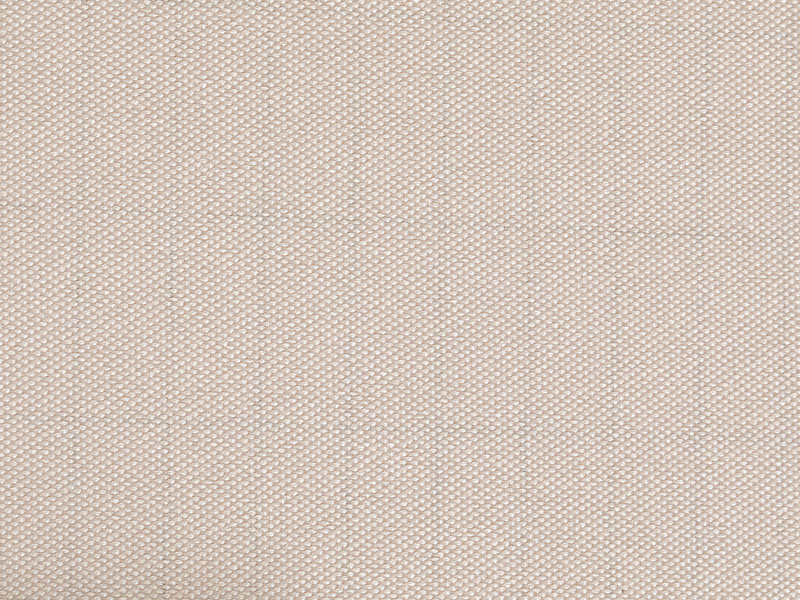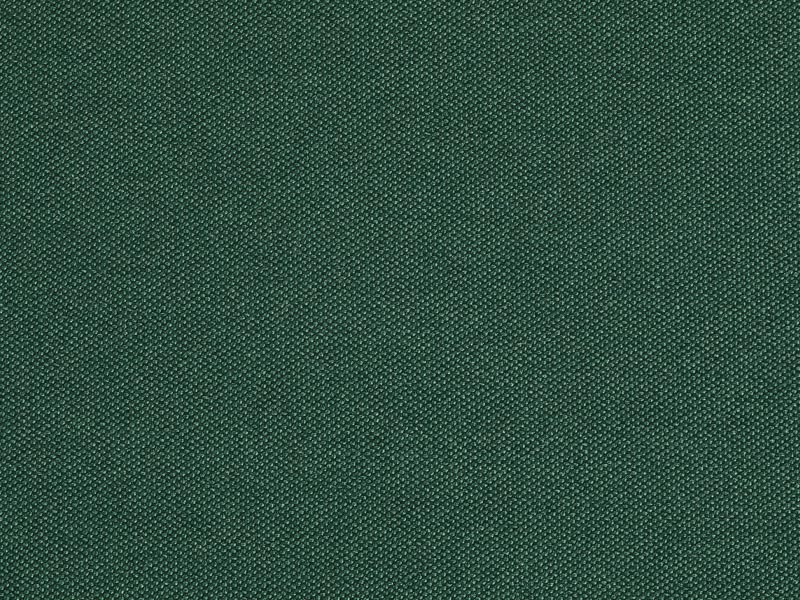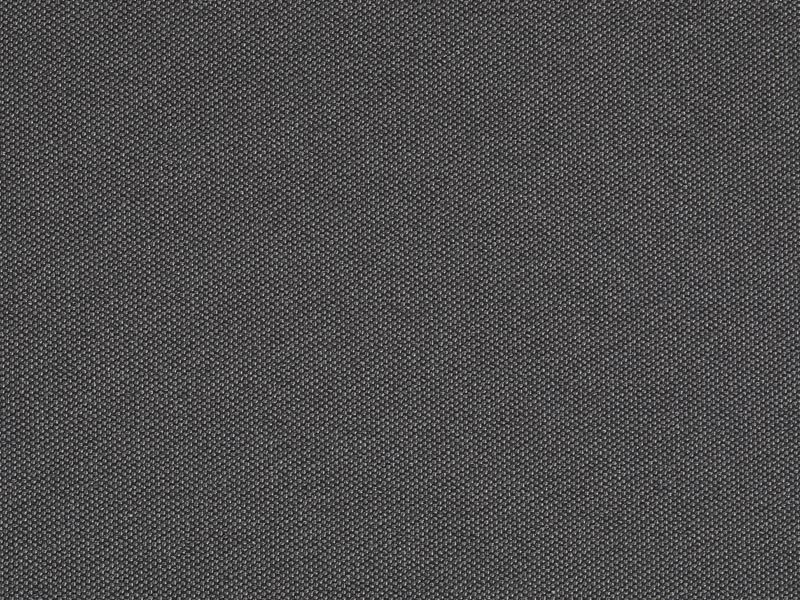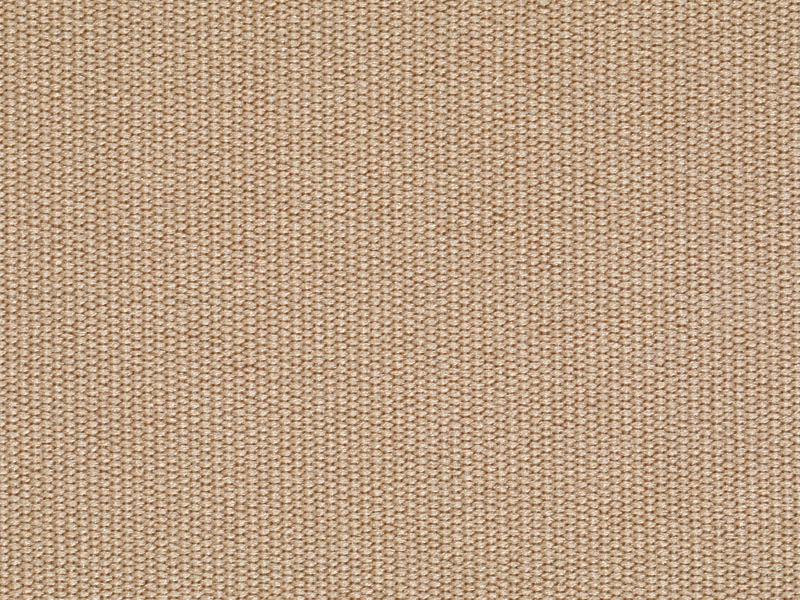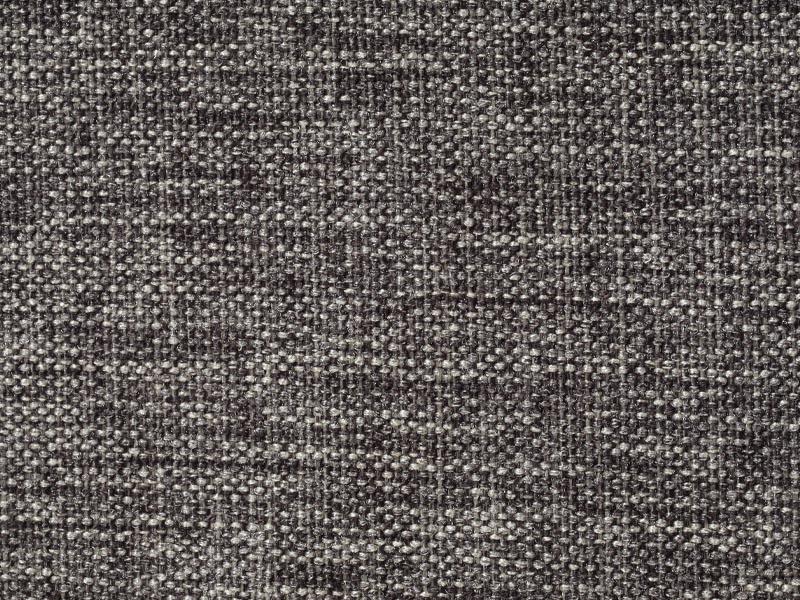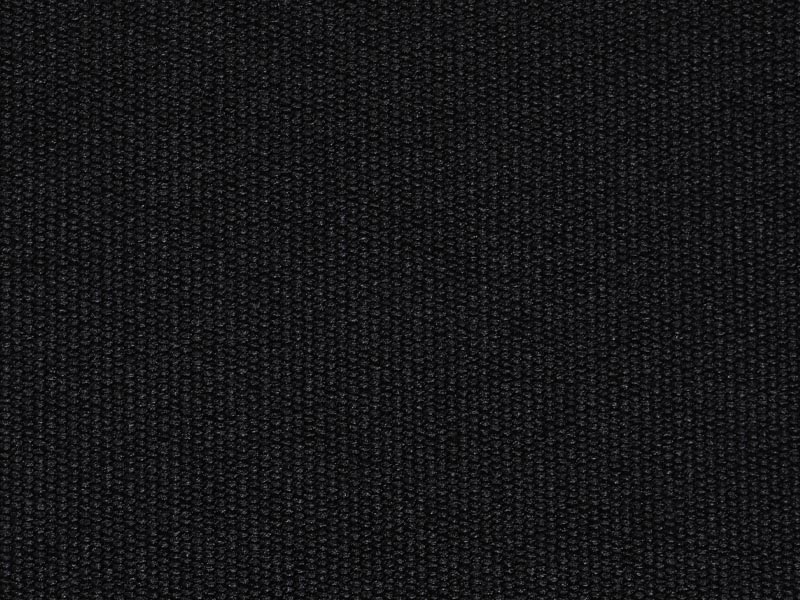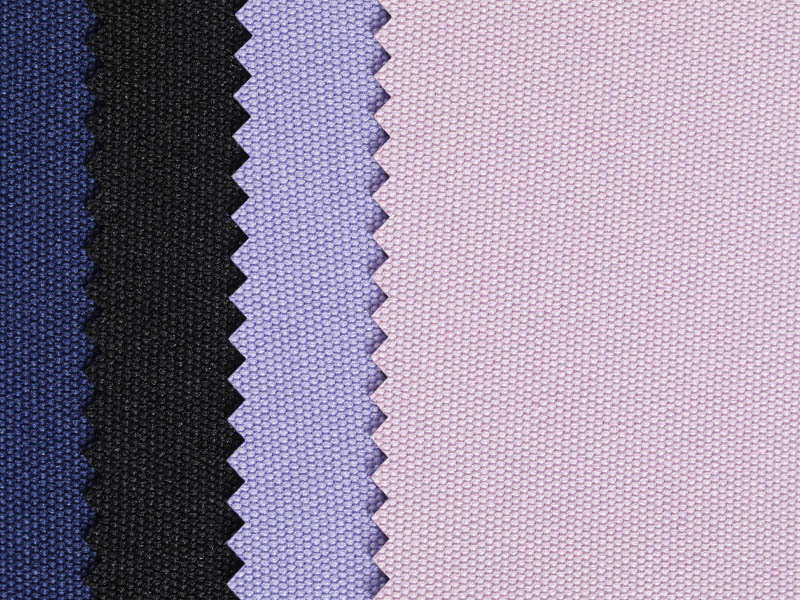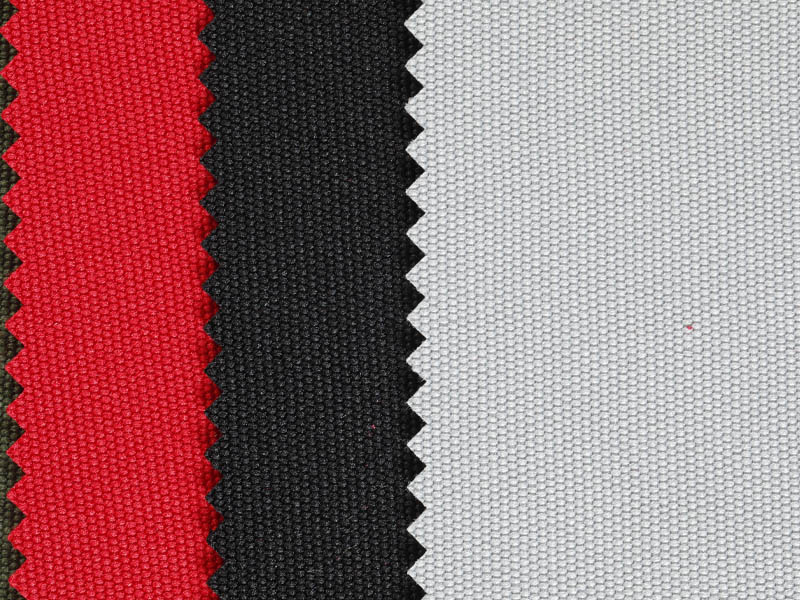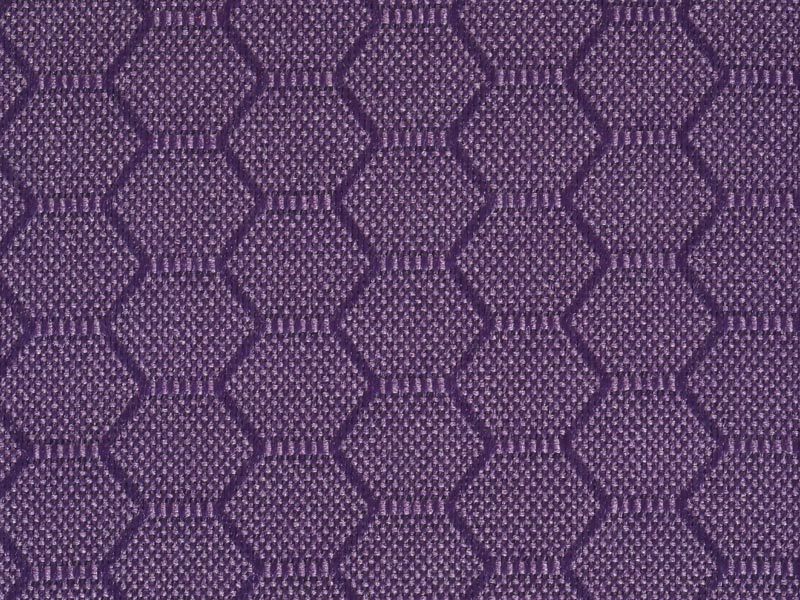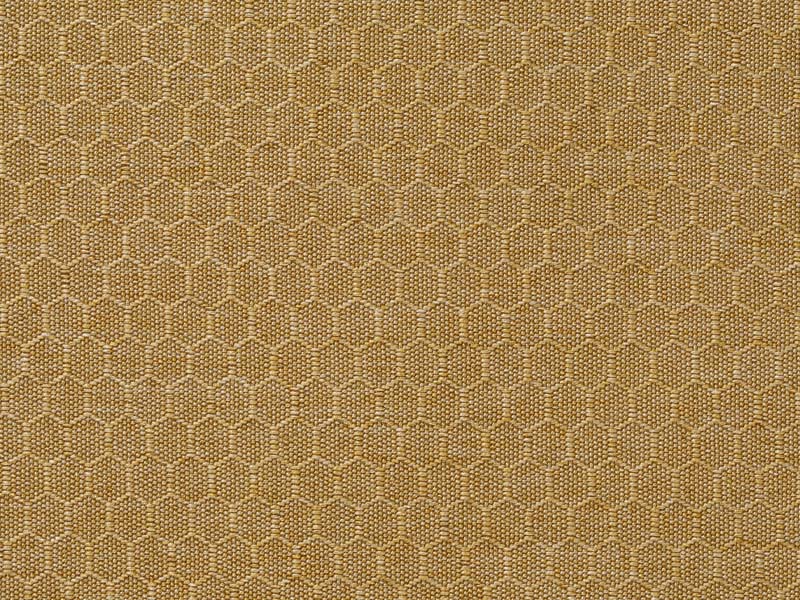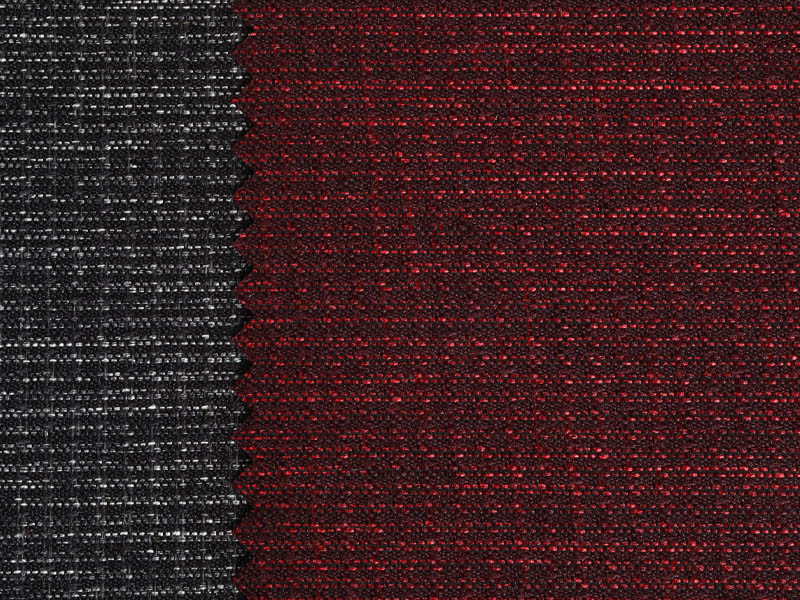How PU Composite Fabric Withstands Daily Wear and Tear?
Posted by Admin
As the demand for long-lasting, performance-driven materials continues to grow across industries, PU Composite Fabric has emerged as a preferred solution for manufacturers seeking a reliable balance between functionality and aesthetics. With its exceptional abrasion resistance and adaptability, PU Composite Fabric is setting new benchmarks for durability in high-friction environments such as travel gear, work footwear, and upholstered furniture.
One of the key advantages of PU Composite Fabric lies in its engineered surface layer, which resists scratches, scuffs, and repetitive wear. Unlike traditional woven or coated fabrics that often show signs of deterioration after short-term use, PU Composite Fabric maintains its appearance and structural integrity over time. This quality has made it particularly attractive for manufacturers of backpacks, trolley bags, tool belts, and sofas.
A recent case study highlights the growing reliance on PU Composite Fabric in high-traffic commercial furniture. A hotel group in Southeast Asia faced frequent upholstery replacements due to guests’ daily use of lobby seating. After switching to PU Composite Fabric with enhanced abrasion resistance ratings, the replacement cycle extended from 8 months to nearly 3 years. Not only did this reduce material costs, but it also minimized labor and downtime associated with maintenance.
The strength of PU Composite Fabric is not accidental. Through controlled manufacturing processes, the polyurethane surface layer is bonded with a backing fabric such as polyester or nylon, creating a composite structure that absorbs friction while maintaining flexibility. This dual-layer design helps distribute stress across a broader area, making PU Composite Fabric more resilient in dynamic settings.
Workwear and safety footwear manufacturers are also turning to PU Composite Fabric for toe guards, ankle reinforcements, and exterior layers. The material performs well under daily walking, bending, and kneeling, withstanding thousands of contact cycles without delamination or cracking. Additionally, because PU Composite Fabric is significantly lighter than rubber or leather, it supports ergonomic product development without compromising protection.
In the travel sector, where luggage and accessories experience frequent handling, abrasion resistance is a core specification. Leading luggage brands now incorporate PU Composite Fabric into their outer shells and internal compartments, taking advantage of its long-lasting finish. Field tests conducted at international airports showed that PU Composite Fabric retained its surface gloss and color even after extended baggage handling simulation — a testament to its hardwearing capabilities.
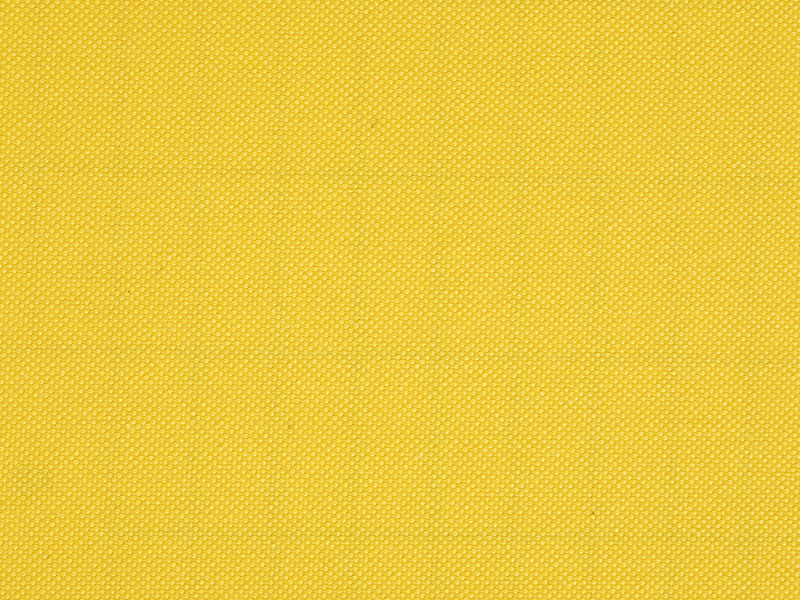
From a design perspective, PU Composite Fabric also provides creative freedom. It can mimic leather, suede, or metallic textures while still offering industrial-level abrasion resistance. This makes it ideal for brands that want to maintain premium aesthetics without sacrificing product longevity.
Moreover, PU Composite Fabric is easy to clean, which is another critical factor in high-use environments. Dirt and stains can be removed with minimal effort, allowing products to maintain a clean appearance for longer periods. For public settings like office chairs, bus seats, or cafe furniture, this translates into a better user experience and lower upkeep costs.
With global trends moving toward sustainable consumption and extended product life cycles, the role of PU Composite Fabric is more important than ever. Manufacturers are under pressure to deliver goods that are not only stylish but also built to last. In this context, the high abrasion resistance of PU Composite Fabric supports both durability goals and environmental considerations by reducing waste.
In conclusion, PU Composite Fabric is redefining durability standards across industries. Its resistance to wear, flexibility in design, and ease of maintenance make it a material of choice for modern, high-performance applications. As consumer expectations for longevity and quality continue to evolve, PU Composite Fabric stands out as a material that delivers consistent value.

 English
English Français
Français Español
Español عربى
عربى Tiếng Việt
Tiếng Việt